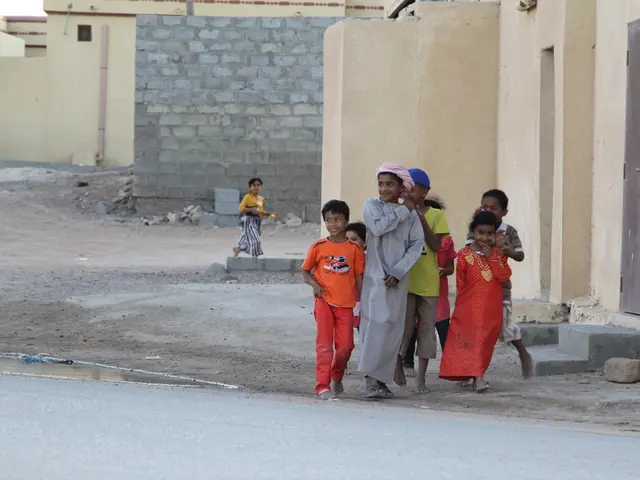Countries in Africa with the Greatest Obesity Levels in 2025
In recent years, obesity has emerged as a significant public health concern across Africa. This article provides an overview of the current obesity rates in various African countries and the strategies being implemented to combat the issue.
Morocco, a North African nation, has seen a rise in obesity rates, which has contributed to higher cases of diabetes and hypertension, particularly among women. The trend is also evident in urban areas, where changing diets, more sedentary jobs, and the rapid spread of processed and fast foods are contributing factors. To address this, Morocco has launched national campaigns promoting balanced diets and physical activity, urban planning projects introducing more walkways and recreational spaces, and efforts to strengthen school nutrition.
Moving south, Egypt records the highest obesity rate in Africa, with 32.48% of adults affected. The government has responded by scaling up policies that target unhealthy consumption, including a sugar tax on soft drinks and advertising restrictions for high-calorie foods. Egypt is not alone in this fight, as the Egyptian government has cooperated with the World Health Organization (WHO) and likely other international and local health organizations in implementing measures to combat the obesity epidemic.
In Libya, the adult obesity rate stands at 28.08%, largely due to a heavy reliance on imported foods and limited opportunities for structured physical activity. Mauritius, an island nation, faces similar challenges, with obesity influenced by the island's history of sugar production and the prevalence of processed imports and sugary drinks, especially in urban areas. The rising obesity rates in Mauritius have led to increased cases of diabetes and hypertension, putting a strain on the healthcare system.
Algeria's adult obesity rate stands at 16.03%, influenced by urbanization and dietary changes. In response, schools are adopting nutrition programmes to teach children the importance of portion control and daily exercise. Tunisia, another North African country, has expanded public health campaigns that highlight the value of local produce and traditional meals, and schools are integrating nutrition education and gardening projects.
South Africa, with a 14.5% adult obesity rate, is grappling with urbanisation, a large fast-food industry, and long working hours. Sugary drinks are a major contributor to obesity in South Africa, and women bear the greatest impact. To combat this, South Africa has introduced a tax on sugar-sweetened beverages and expanded school feeding programmes to encourage healthier diets.
In the east, Papua New Guinea records a 16.61% adult obesity rate, with urban areas showing a shift towards processed foods and sugary drinks. Eswatini, another eastern African country, has an adult obesity rate of 15.62%, with urban areas showing a dependence on processed foods and sugary beverages due to limited economic options and long periods of unemployment.
Seychelles, an island nation off the east coast of Africa, reports the highest obesity rate among island nations in Africa, with 20.58% of adults affected. The government has integrated nutrition into its national development strategies.
Lastly, Eswatini is addressing the issue with public campaigns and health programmes promoting balanced diets and regular exercise, including school awareness drives and initiatives encouraging urban households to return to locally grown foods. Government and partners in Papua New Guinea support school nutrition programmes using local produce, community gardens, and mobile clinics for screening and counselling.
In conclusion, obesity is a growing concern across Africa, with various countries implementing strategies to combat the issue. These strategies range from taxes on unhealthy foods and drinks, national campaigns promoting balanced diets, and school nutrition programmes using local produce. The fight against obesity requires a collective effort, and the collaboration between governments, health organizations, and communities is crucial in achieving this goal.








